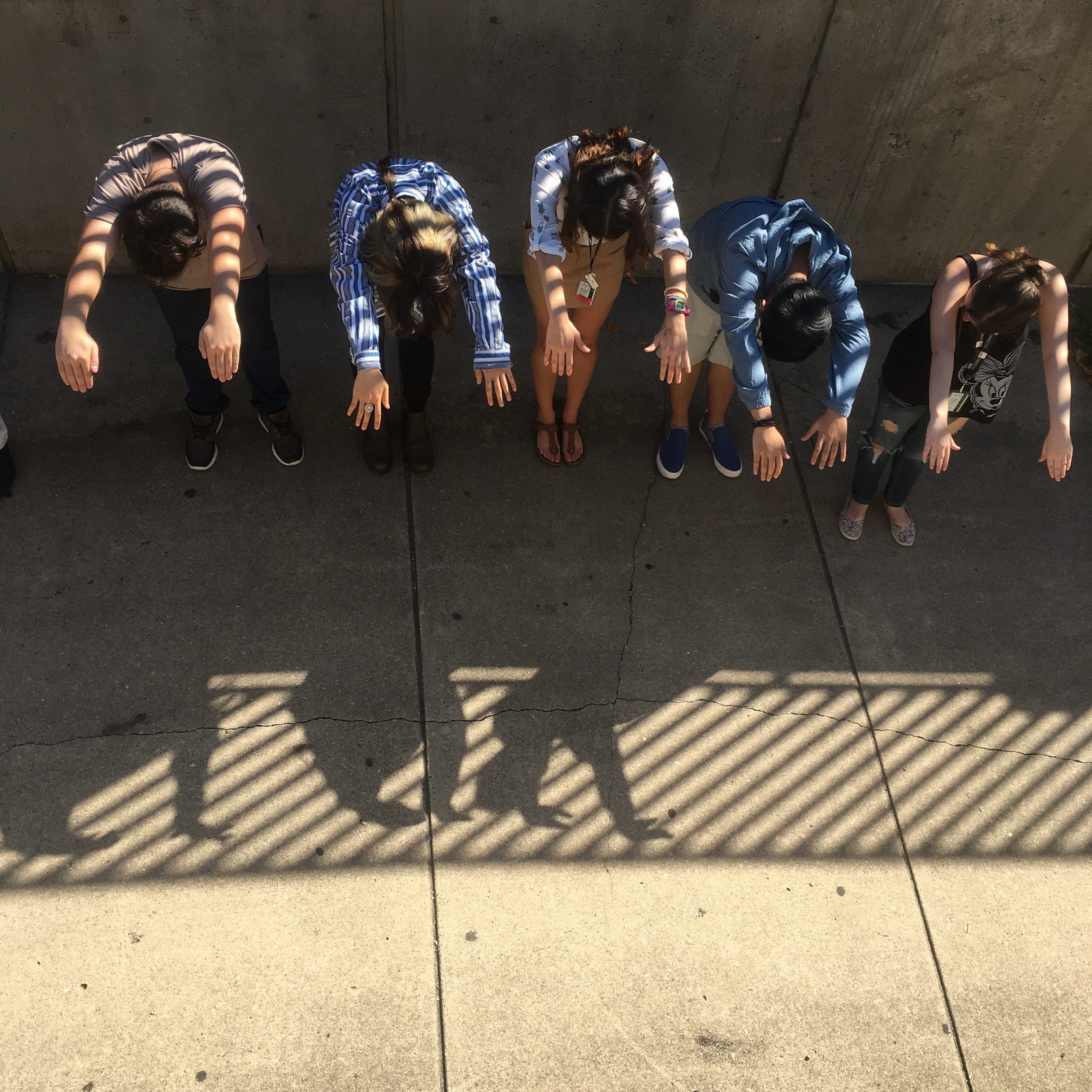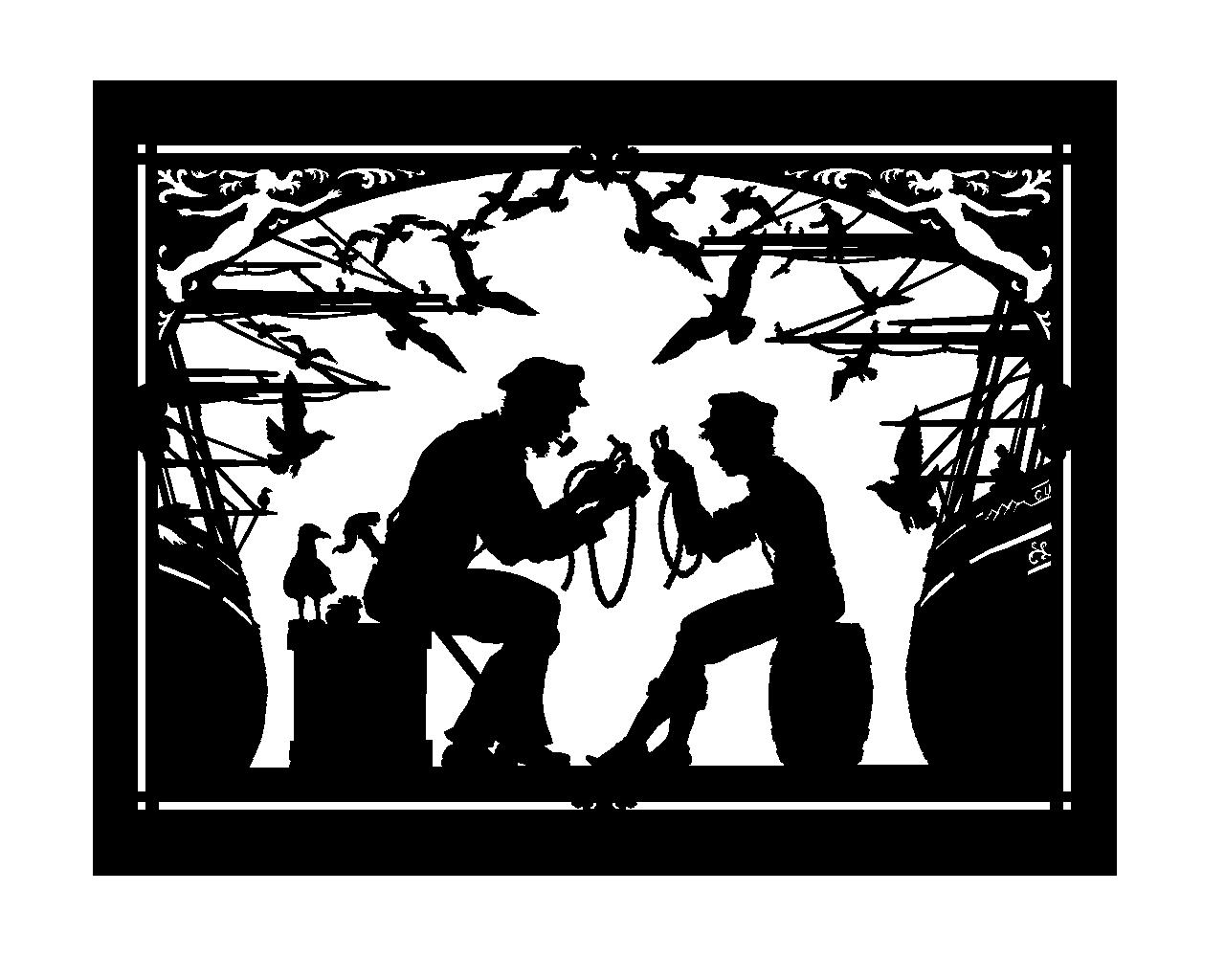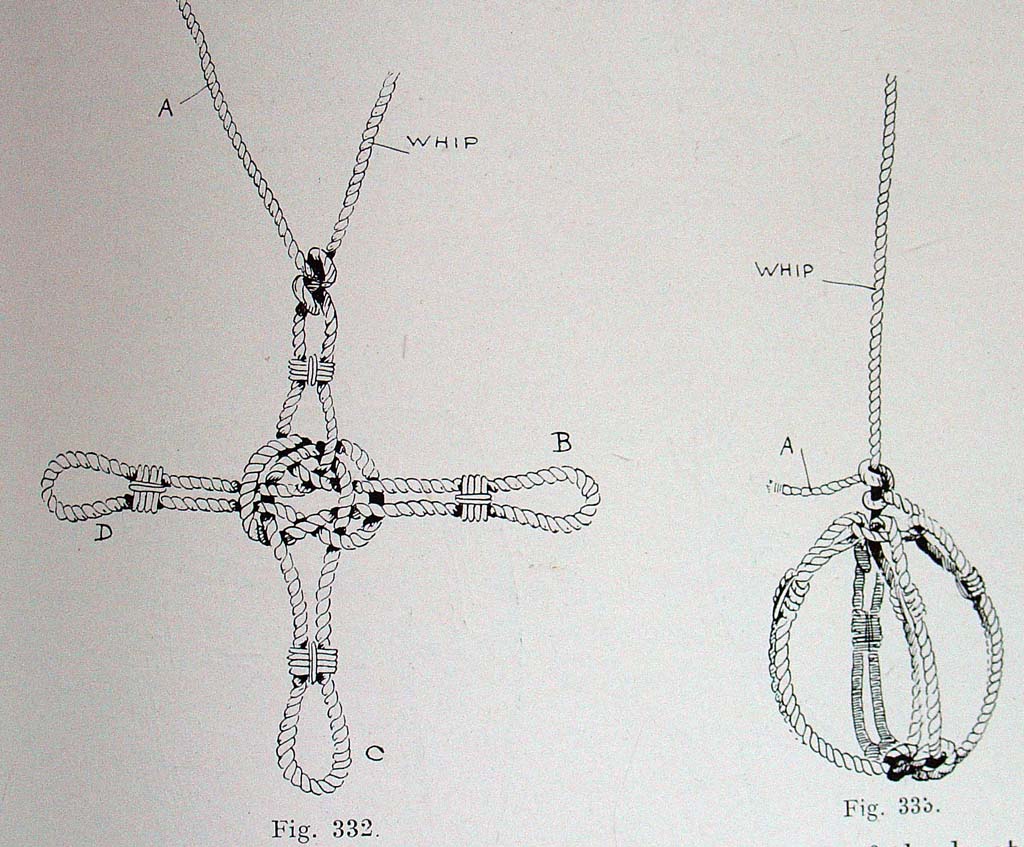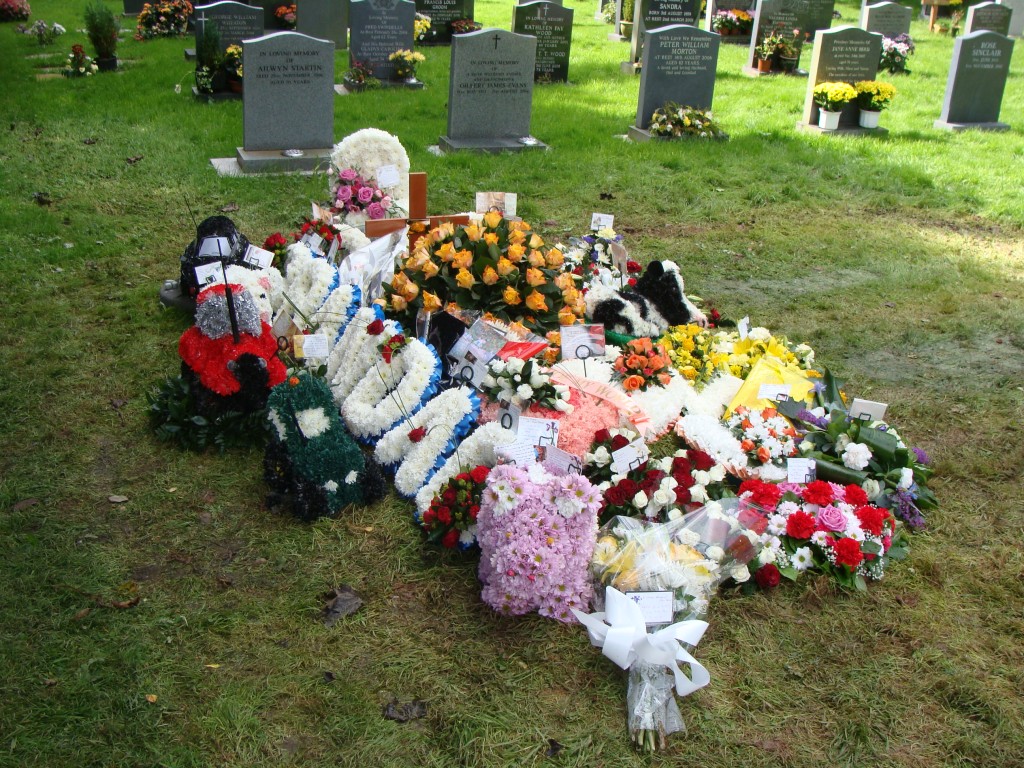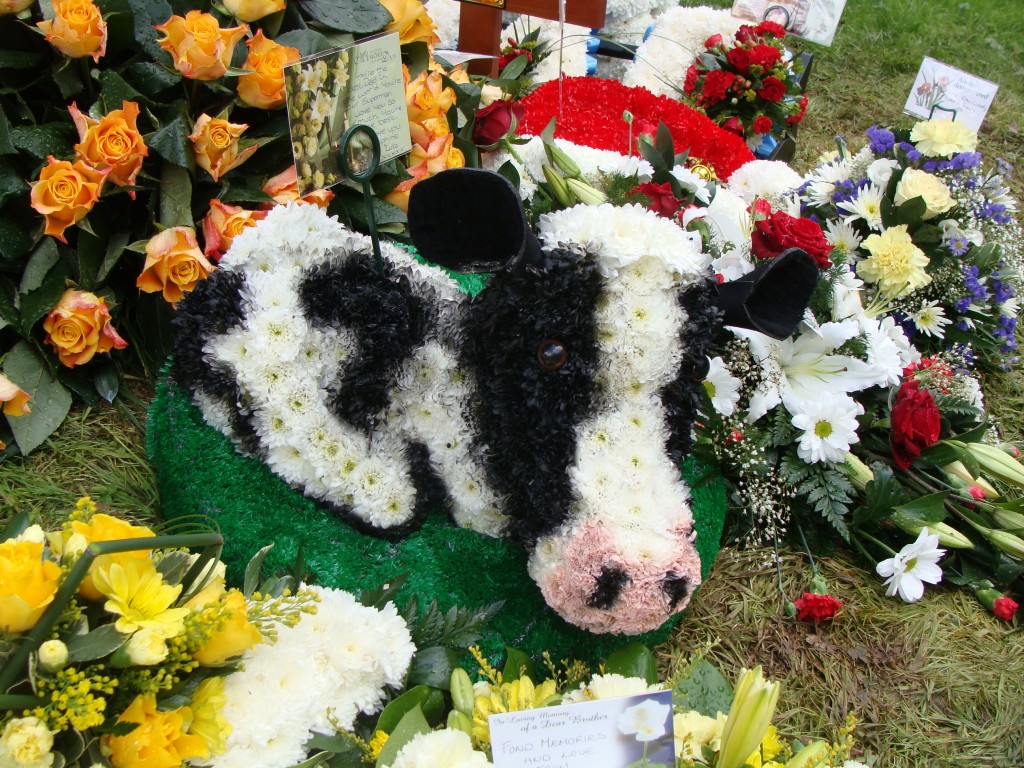Archive for the ‘Talks’ Category
A letter to my students on their first day of class
Thursday, September 8th, 2016Monday September 12th 2016
Chicago
Illinois
Dear Core Class,
How are you? Claire and I hope you have had a good summer and you have had a first good week here at the School of the Art Institute. If this is your first class, happy first class. If this is not your first class, happy first core class to you and all. Claire and I are happy that you are all here. Welcome.
We thought we would take this opportunity to write to you in the form of a letter, words, language, pen to paper, to take time, to take time, to take time to write and think about and consider the following,
(You may have heard something like this before, you may not have heard something like this before, but we ask you for one moment to sit, listen and consider the following.)
We will be with you from today until Monday May 8th 2017. Some of you may see snow for the first time, some of you may take a plane to see your family, some of you may cry, some of you may see someone, something that may change the way you approach your way of thinking and life. Take a look around you, these people in this classroom are your peers, your colleagues, your classmates, you can help yourself, but you can also help each other with making, doing, eating, critiquing, listening, dancing, dancing and reading together.Â
Remember the teacher is always listening and always watching. Even when the teacher is not participating, we are. To create a safe space, to create a space of attention and focus. Listening is active, Listening allows for the classroom to grow. Asking you to repeat a project, to tell us again, the following week what you are creating is a practice of embodying, a practice of developing language around and of your work. The teacher creates space in the detail that disappears once you also let go and take a risk and see where your wandering takes you.
I remember my first day of class in art school. As a shy, thin, geeky, red headed, shaved headed, glasses wearing, eyes to the floor 18 year old. What was I doing there? Who were these teachers? What were they talking about?
I thought I knew what I was doing, except my nerves were on fire.
I had never heard of the people they lectured on. I had never heard of the techniques they were presenting. I remember walking to class, charcoal in hand, sweaty palms, smudged into charcoal on hands. I had never drawn before. I had never spent the time to look, to see, and be with time in drawing before. Smudged hands in charcoal made my jeans dirty, smudged hands in charcoal over the page, mark making, became weeks of doing, making, processing, crying, crying and then looking for fragments, looking at risks, looking at experimenting, looking at moving, looking at forward.
Why do we tell you this? Why today on this first day of class of this yearlong course? Claire and I look forward working with you. Getting to know you. Getting to know and working with you. Taking the time to get to know you.
In this core class we will all work together. We will make together. We will see things together. We will show things to one another. We will read together. We will present to one another. We will fail and we will have successes. We will have energy and we will be tired.
Look at yourself now and then. Look at yourself on the last day of class. Take note. Take note now in September and again in May. We are excited to work with you. We are excited to work with you. We ask of you a few things. Allow yourself to be open to new things.
Come to class with inquisitive eyes.
Come to class with questions.
Come to class with questions.
Come to class with questions.
Come to class with questions.
Come to class to broaden yourself and be open.
Come to class to make iterations and reflect on what you have made and allow your ideas to go deeper.
Allow anxiety to fuel your desires, ask questions.
Claire and I are human beings. Â Claire and I are human beings.
We may not have all the answers, but we are approachable, we have questions, and we enjoy processes of doing and making, making and doing, taking time, playing and processing. Some of the things we do you may have done before, some of the things you may never have done before. Some of the things Claire and I do we may not have done before. You will also teach us new ways of seeing, new ways of approaching. This is why you are here. This is why we are here. To learn and unlearn. To take time, to discover, and rediscover through a process of making, of making, of making of making and doing and being. We may also make mistakes and we hope in the mistakes we make we apologise.
We are all makers, we are all creative, we ask that you commit to what you are doing, making, be open to new discoveries, new possibilities, new ways of thinking. We are excited. We will talk to you about your work. We will do things that you are excited by. We will do things that you may not be excited by. Push and Pull. Pull and Push. Use your hands, bodies, eyes and minds to respond.
Think of this class as a laboratory of creative processes and ideas. A large circulation system. A language of art making. A language of the imagination. A language of the imagination.
Take your time. Take your time. Take your time.
(this for example is 1 minute of silence.)
Take your time and imagine what can be and what could be. We will talk, we will show, we will make, we will process. You may find we talk too much sometimes. You may find we talk differently than other teachers, other artists. You may have up to 5 classes including this one, this semester. 5 different voices, 5 different ways in which we interact with you. Teachers that approach critique differently. This is how the world, our world here at SAIC, our way of approaching life, art, making has different approaches, different thinking.
We ask that you commit, we ask that you take the time; we ask that you take the time. Look at yourselves now, today. Take note and we will ask you the same on May 8th 2017.
Take care; thank you for listening and we look forward working with you,
Claire and Mark
Tips on WRITING from a Juror’s Perspective
Tuesday, May 27th, 2014Dear Students:
When I looked up the etymology of the word Juror, I came to Jury and the adjective description states that it is temporary and from 1610, in JURYMAST, a nautical term for a temporary mast put in place of one broken, or blown away, of uncertain origin – the word is ultimately from old french ajurie – HELP, RELIEF and AID.
Another place of research states to be a swearer or to swear.
When you apply to the Propeller grant that is a joint fund coming from Gallery 400 and Threewalls Gallery think of yourself and the project you wish to communicate about. Think of YOURSELF and how you maybe number 1, number 28 or number 76 in the application pool and how a Juror is reviewing and spending time looking at your materials. How do you perform you idea on paper in writing? The Propeller fund comes from the Andy Warhol Foundation.
Remember the Juror is a temporary mast and is giving AID and HELP in reviewing your application. For the Propeller grant this past 2013 cycle I reviewed the applications at home over three sessions over the course of a week to have knowledge of the work before being on a day long Jury panel. We were asked to review our top candidates and submit to the Propeller grant  prior of who we would like to review as a way to edit down from the list of who had applied. The panel of 5 Jurors 4 local and one regional met in the screening/lecture room of Gallery 400. As a Juror you are tasked with respecting the applications you are reviewing. As a Juror you may be reviewing work in the community you engage with day to day. I say this so that you consider how to respect your application. Take your time with your application. Take your time with your application. It is due August 1st 2014, you have time to consider what your project and application will look like. You have time to review, to make notes, to revise, to get feedback, to show to peers older and younger than you to get feedback, to edit, to create a feasible timeline, to get to contact members of the community, artists, spaces, networks you may wish to work with.
I say this because as a Juror, the Juror wants to see an application that is respectful, that is sincere, that is clear, that connects the dots with the context you wish to place your work in and onto. CREATE A CLEAR NARRATIVE. BE DIRECT. BE YOURSELF in how you write and present your ideas, the CONTENT and CONTEXT of what you wish to do. If you think you are telling the Juror what you are wanting to do with the fund then look again. LOOK AGAIN. Go away, see a film, ride your bike, LOOK AGAIN. As an artist writer you are playing a criminal and detective at the same time. Plant clearly the scene of the crime. Plant clearly the clues for the Juror to see in front of them. Make your writing clear and in your writing create a strong NARRATIVE that states:
WHO, WHY, WHAT, HOW, WHEN
WHO, WHY, WHAT, HOW, WHEN
WHO, WHY, WHAT, HOW, WHEN
FOLLOW THE DIRECTIVES that are given in the online form. successful applicants for me last year for me were those who communicated the narrative, that could have been an individual project like Ivan’s or a large scale project like The Chicago Home Theatre Festival. The funded projects filled the container they were outlining in their application.
How do you describe your project in 50 words, in 75 words, in 400 words?
Allow the constraint to focus you and the constraint of the application allows you to move your project and work forward.
WHAT IS URGENT? WHY DO YOU NEED THIS GRANT AND OPPORTUNITY? WHY DO YOU NEED THIS GRANT AT THIS TIME TO MAKE YOUR WORK? WHAT IS THE ARGUMENT YOU ARE PUTTING FORTH?
Take your time to prepare, the background work of gathering evidence towards your application, of planting seeds and connecting and allowing for time pays off, in part because you are setting up a potential space for you to work in and be assisted with a FUND, but also maybe you don’t get the funds and if not you have begun a dialogue and also shown your practice, your ideas and process to people who may wish to work with you again.
WHAT DOES THE SPACE LOOK LIKE? WHAT DO YOU IMAGINE? WHAT IS NEW FOR YOU? WHAT IS URGENT? Â WHAT EXCITES YOU?
Communicate this to the external reviewer and remember they may know you or not know you. Be clear in how you communicate. Show through example and BE SPECIFIC, BE SPECIFIC.
Lastly, I am a terrible writer and I struggle to communicate my ideas in written form – talk to people, record the conversation, have someone write down what you are saying, have a writer friend edit your words and how you write for you. WORDSMITH and CRAFT, edit and be clear and in our culture of attention AID and HELP your Juror. Swear to them this is what you want to do. CREATE AN IMAGE they can see of the project and imagine in their minds.
Always Keep APPLYING, KEEP APPLYING,
thanks for reading and take care,
with love,
Mark xx
Walking Through Walls Symposium, Threewalls Gallery, Chicago 2009
Tuesday, December 28th, 2010Tilting towards a future
1. My elders
From the age of sixteen my teachers, my elders taught me my performance practice that I have developed, engaged with, altered and extended into. This body, this studio practice is now entering into its third decade after 20 years of learning and inhabiting. From dance artist Vida Midgelow and Simon Piasecki at 16, to ex Wooster group performer and maker Nancy Reilly, Visual, dance and live artists, and performance producers Rose Garrard, Katie Duck, Rona Lee, Roger Bourke, Sally Morgan, Sally Tallant, Tim Brennan, Gillian Dyson, Nikki Milican, Diana Warden, Nick Lowe, Ghislaine Boddington, Anthony Roberts, Kath Wood and Fiona Wright from 18 to 23 and since 19 to this present time of 36 director and choreographer Lin Hixson and Goat Island. In reflection and in this post studio, performative current each of these women and men that I worked with gave a space in which to consider how the familiar can become unfamiliar. They gave me permission and a space to make-work. They each gave me a foundation in which to consider a physical space, placing my body in space as a site, my body as a place of inquiry, to follow this body and to interrupt and intervene on this body, to give it stability and instability to give it a series of unanswerable questions, set of instructions, constraints and principles and to begin an attempt in answering what was placed in front of me through an action, a choreographic task, a way to respond quickly and directly to what was in front of me, so that permissions are granted and given to construct images over time and in multiple spaces.
For 13 years in my practice with Goat Island Performance Group, we rehearsed and worked in a third floor gymnasium space within a church complex here in Chicago at Wellington and Broadway. For 13 years I and other members of the group wore black trainers or sneakers and our feet and shoes collectively worked on the surface of wood, and basketball lines. As I write and look up the word embodiment, I discover the word Plimsoll or I would call them trainers and the Americans in the audience sneakers. A plimsoll is the mark on the hull of a British ship showing how deeply she may be loaded – this comes from Samuel Plimsoll, Member of Parliament for Derby the region of England where I originate. He advocated for shipping reform that was embodied in the merchant-shipping act of 1876. The use of the word Plimsoll extended in 1907 to rubber soled canvas shoes because the band across that holds the two parts together reminded people of a ships plimsoll line. How deeply do your feet, your body hold itself into and onto a surface? How deeply does your body hold its practice? How deep is the mark of your body on a gymnasium floor, on the surface of your studio, your office, and your computer screen? How does this hold itself as it extends out past the studio, past a performance space, a gallery, beyond different spaces and different contexts? If your body is a ship how does it hold the weight of a room you perform in and where are the marks in this current time as we make work as artists in multiples spaces physical and virtual. How deep are the marks in the container of the hull we make. How much can we hold and how much can we load?
2. Watching Performance, entering the personal
On Tuesday September 9th 2008 we buried my father at the age of 66. We buried him 12 feet underground; he was buried at the beginning of a new row, under a sycamore tree, by the pathway that led from the church down to the graveyard. He was a farm labourer who worked at Holtwood farm for 33 years of his life. This year I have been thinking why did the farmer stop dancing? When do I pick up my feet and begin working? On Wednesday September 10th 2008 my mum, two of my sisters and my brother in law took a walk from the house up the country lane to the church and graveyard where my farmer’s father’s body now lay in the ground.
On Thursday June 4th 2009 I went back home, to the village to be with my family for the first time since my farmers fathers passing. I have been thinking of feathers as fathers and fathers as feathers after my mother and sister discovered a feather at the top of the stairs. I had not heard this before but they told me a feather is a sign of an angel. They did not know where the feather had come from and now when I see a feather I think of a father and a father as a feather. On returning to the house the first thing we did was to get into my sisters car and drive to the church where my father is buried. There was a now a gravestone where my father’s body lay. I watched my mother place the pink roses down on the grave and put her arms around the stone as if it was his torso. She had slightly bent her knees and she held onto the stone. With her left arm around the grave she rubbed her right hand on my dads name that was engraved on the stone – Joe Jeffery. Her right hand stroked dads name over and over again. Each of her fingers covered in rings, which made a slight sound as she touched his name. She then began to take her right hand to her lips, still holding onto the grave and placed kisses from her lips to her hand to his name Joe on the grave. Once, twice, three, four, five and then she placed her hand onto her lips once more and this time placed her kisses onto the grass where his head lay 12 feet underground. This mourning action repeated itself over and over again whilst my sister and I placed the roses into the urn.
Slowly kissing down with tears. Slowly kissing down with tears. Kissing with lips to hand the dead farmer below, the farmer whom stopped dancing.
As we left my sister took her right hand, placing her hand on her lips and blew kisses into the air, standing where his feet lay. Kisses that went out into the air, into the dusk night as we walked up the pathway. As a 13-year-old child, I too stood by her side, at another graveyard and watched her perform. I watched her kiss the grave of her father. Every Saturday afternoon for a year we would drive to her fathers village and before we would visit her mother we would visit her fathers grave. Since September 9th, the day we buried him to today and every day in-between my mother drives to the graveyard and kisses my father, the dead farmer that stopped dancing goodnight. Every Sunday she will walk 4 miles circling the house, the graveyard and the village, the graveyard and the house. In 2009, in this ever-changing time, in this landscape where we are all placed onto a network, a network that asks us what’s on your mind? And what are you doing? I wonder how do we live in a constant state of being present, on, in, a fluid connected interactive network that is constantly moving and shifting. A surface and ground that is not fixed, multiple spaces that are in transition. A real-time that is a moving target, a real-time that allows us access to multiple entry points, to live as my fellow collaborator Judd Morrissey states in a recent interview we gave on our work and collaborative practice for Chicago artists coalition’s newspaper; ‘We are of the mind that all art and any gesture is massively collaborative, calculated, instant by instant, in relation to the influences of countless others — living, dead, actively participating, passively watching — as well as the desires of parasites we host in our bodies. We collaborate constantly with our machines and this changes our work and us fundamentally. We make agreements to work together, frameworks and processes devised to skew the results, forms created to hold the mess together, as well as decisions and rules related to attribution. With the ubiquity of social networking and online collaborative endeavors, we see the complex collective reality of human experience made overt and escalating as a clear fact of culture and art.’
And what is it to follow? I see that the word comes to us from obeying; to apply oneself to a practice or calling, to serve, go with as an attendant. If I follow or am followed do I obey, am I applying myself to this practice. Then I think of my mother whom is following my farmer father each day and the daily performative practice she has observed for nearly a year now. The choreography, the action and task she makes each day. I then think about her as I go to the radiohead website to download the song they wrote Harry Patch (in memory of) about the last survivor of WW1, who died at age 111.
“I am the only one that got through The others died where ever they fell it was an ambush they came up from all sides give your leaders each a gun and then let them fight it out themselves i’ve seen devils coming up from the ground i’ve seen hell upon this earth the next will be chemical but they will never learn”
As I move down the page of the site I see another memorial text to Merce Cunningham, the dancer who died last month at 90. To quote radiohead from their site ‘He showed us the next night that discipline and focus can create the space for an unexpected moment, when something can suddenly exist: such a contrast too the scripted world.’ This was In reference to a dance and music project he had invited the group to in 2003. I have been thinking a lot about this as I write about a post studio in our current time of high functioning, high maintaining, high networked environment and how we can take advantage of being part of this woven physical and virtual fabric but still reminding ourselves in our practice and in our work to keep disciplined, to keep focused; to follow and be a follower and learn from others around you. At an artists talk last week in Los Angeles that Judd Morrissey and myself gave, Judd spoke of our work again and quoted Samuel Beckett, ‘What I am saying does not mean that there will henceforth be no form in art. It only means there will be a new form, and that this form will be of such type that it admits the chaos and does not try to say that the chaos is really something else…to find a form that accommodates the mess, that is the task of the artist now.’

